|
Experiential learning resources for the innovative educator
As most of you know, I write experiential learning curriculum, primarily on project-based learning. I also have extensive experience with school travel, problem-based learning, inquiry-based learning, and dabble around with maker education.
I have a background in science, I promote 21st-century learning environments, and of course, I am a passionate advocate for experiential learning. Naturally, I would do STEM with my students, right? I actually have not done STEM with my students, at least not in the formal sense.
I've been wanting to get into STEM for a long time, but have had some reservations about it, largely based on my own insecurities with knowledge and ability to get the job done. Science - sure, I have that covered. But technology, engineering, and math? I feel inadequate teaching my students any of those things independently let alone collectively. No way.
A couple months ago I got into a conversation with Ashley Pereira about teaching STEM. Ashley is the founder of Career in STEM, an awesome organization that promotes just that, careers in STEM. Her website is a phenomenal STEM resource for educators, parents, and students. Scroll down to the bottom of the page for details on her organization. After spending some time talking with Ashley I have realized that my fear of teaching STEM was based on many misconceptions and misunderstandings that I had been sitting on. The take-home from this conversation was that anyone can do STEM. Anyone can teach STEM. You might feel out of your element at first, as would anyone trying anything new, but you can't know the benefits unless you try. Kids are adaptable and they're definitely forgiving. Just give it a shot! If you're interested in trying out STEM start here with Ashley. She has a lot of experience and knows the drill. Ashley Pereira has worked in STEM education since 2008, beginning with humble roots over a decade ago as an intern for the national 4-H organization. She holds a BS Degree in Animal Science from the University of Connecticut, and Masters degree in Secondary Education from Eastern CT State University with Summa Cum Laude honors. Ashley is a K-12 licensed STEM educator, a certified Career Coach, and experienced entrepreneur. Since 2015 Ashley has served as adjunct Professor of Science Education at Eastern Connecticut State University, where she specializes in teaching STEM as a mindset. Ashley is Founder and CEO of Greater Good Consultants LLC and its subsidiary, Career In STEM®, where she empowers youth, builds communities, and enhances economic opportunity for all. Getting Started with STEM: Interview with Ashley Pereira from Career in STEM
1. How would you define STEM? How does each component (science, technology, engineering, math) fit into the bigger picture?
To me STEM is not the discrete topics of science, technology, engineering and math. It is a mindset wherein the four ‘components’ merge, through which we process and understand our world. 2. What is an example of a STEM activity? Describe what that might look like in action? What are the students doing? What is the teacher doing? Are there steps the students follow? Whenever you are doing something that requires analysis, you are doing STEM. Thus there is no specific way a STEM activity could/should look. It will be unique to each person. That said, there are some commonalities to how a STEM activity can ‘look’ especially when speaking of classroom-based instruction. My preference is the 5E model of teaching and learning. Other core components of effective STEM instruction:
3. What does the learning space look like in a STEM learning environment? Since I define STEM so broadly, there is no set ‘must’. My preferences would be a space that is - uncluttered - organized - customizable/adaptable (ex: desks that can easily be arranged) - routine based (ex: all students know what to do upon entering the classroom) - stocked with items to foster creativity and innovation (ex: books, tinker box, etc.) 4. Is STEM integrated? In other words, could you incorporate STEM into class subjects such as writing, literature, social studies, physical education, history, music, etc? YES! It should be. Sadly this integration is rare. Most schools do not integrate at all. 5. Along the same lines as the previous question, could stem align with standards? Unfortunately, educators are often bound by this reality. The new Next Generation Standards are already aligned with the Common Core at all grades, K-12. I would tell teachers that STEM is NOT extra! Rather, go to https://www.nextgenscience.org/search-standards and find a science standard that is aligned with the Common Core standard you ‘need to cover’. You would be killing 2 birds with one stone! Plus, your students would likely be more engaged because the NGSS requires students to DO things with their knowledge and apply it to relevant contexts. Also, the NGSS is called ‘science standards’, but they are really STEM standards, as they incorporate math, engineering, and technology within the standards themselves. 6. There are a lot of buzzwords with overlapping ideologies: makerspace, problem-based learning, STEM, STEAM, inquiry, project-based learning. What sets STEM apart from the others? I view STEM as an overarching ‘umbrella’ term. All the things you list fall under the umbrella of STEM. STEM is the mindset students employ when participating in project-based learning, an inquiry-based lesson, a makerspace activity, etc.
7. What is one common misconception about STEM learning?
To me the biggest misconception is that STEM has to be something ‘different’ or ‘extra’. I completely disagree, and argue that STEM relates to any content, anywhere. For example, you are making hypotheses when reading a story in ELA class (science), using technology in pretty much every subject area, applying the engineering design process when building in the block center, and using math when making a recipe at home. STEM is happening already. Thus you do not need to ‘do’ STEM. Rather, teachers/parents should make it a point to identify the STEM that is already happening, and making connections to that (natural vs arbitrary/contrived STEM learning). 8. I for one have wanted to practice stem in my classroom but am not confident in my ability to do so. What would you say to those that feel the same way? The worst thing you can do is nothing at all! Don’t expect to be the expert. Rather, take it one class/lesson at a time. Start with what you are ALREADY doing. Then try to find at least 1 STEM connection for that lesson. I have a free PD course I put together on how to do this here. 9. If I want STEM in my classroom where do I start? To me the first place to start is to connect STEM to what you are ALREADY going to do. Start with one lesson per week, then gradually increase so soon all your lessons are STEM lessons, whether in history class, ELA, or any other subject. Taking it one lesson at a time rather than trying to plan projects and change your curriculum is much more sustainable and will help you maintain constant emphasis on STEM. 10. What are some STEM resources that you would recommend? Of course www.careerinstem.com because it is my website! The two top ones are:
11. How could an instructor propose STEM to their administration? In other words, what is the value of STEM? STEM itself is not all that valuable – STEM as a MINDSET is what is valuable. In ‘doing STEM’ students learn how to think, ask questions, and find their own answers. To me society is in desperate need of kids who can do this proficiently, and STEM is the only approach that can truly accomplish this. Career in STEM: Again, Ashley's organization is called Career in STEM. If you're interested in her work, start by visiting www.careerinstem.com. Peruse the website and find what's right for you. She provides classroom lessons, many of which are free. She offers a free online professional development course for educators as she mentioned above. Her blog is amazing! There are a lot of resources there for anyone interested in STEM. She also offers resources to students such as "Career Pathways Academy", an online course for teens interested in STEM. My favorite part of her website is the "Explore" section. There you can find interviews with STEM professionals, students can explore STEM careers based on personal interest, and there are free modules with information on various STEM careers. I hope this has been helpful. Now get out there and start incorporating STEM into your curriculum!
As always, check out Experiential Learning Depot on TpT for more experiential learning resources. You can also follow me on Pinterest, Instagram, and Facebook for more on experiential education.
Observe. Question. Explore. Share.
2 Comments
12/11/2020 04:44:57 am
The course is wonderful! In addition to assisting in learning English on relevant subjects in the areas covered with innovative scientific research. With the course you can learn new vocabularies, grammar, improve reading and writing, text interpretation. Not to mention the range of knowledge you will acquire with the course. Amazing!
Reply
11/21/2022 12:42:37 am
I'd love to hear more about this. Thank you for sharing!
Reply
Your comment will be posted after it is approved.
Leave a Reply. |
Blog IntentTo provide innovative educational resources for educators, parents, and students, that go beyond lecture and worksheets. AuthorSara Segar, experiential life-science educator and advisor, curriculum writer, and mother of two. Categories
All
|
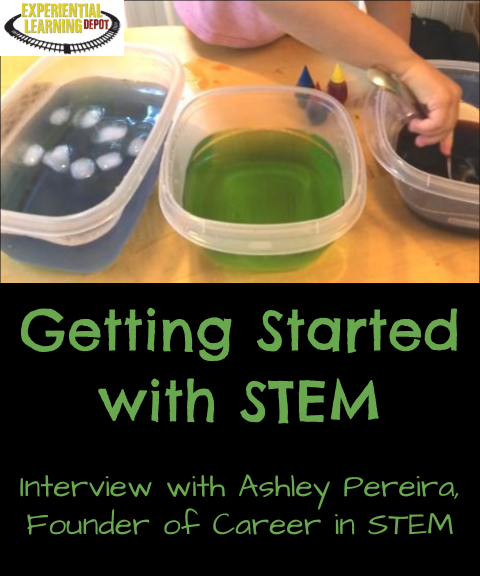
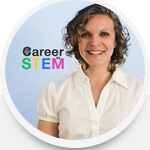

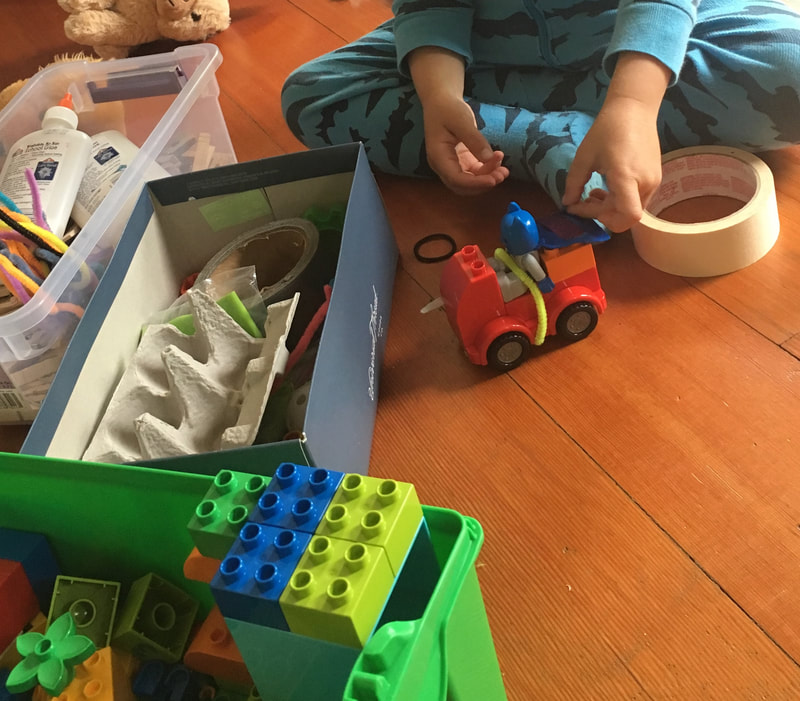
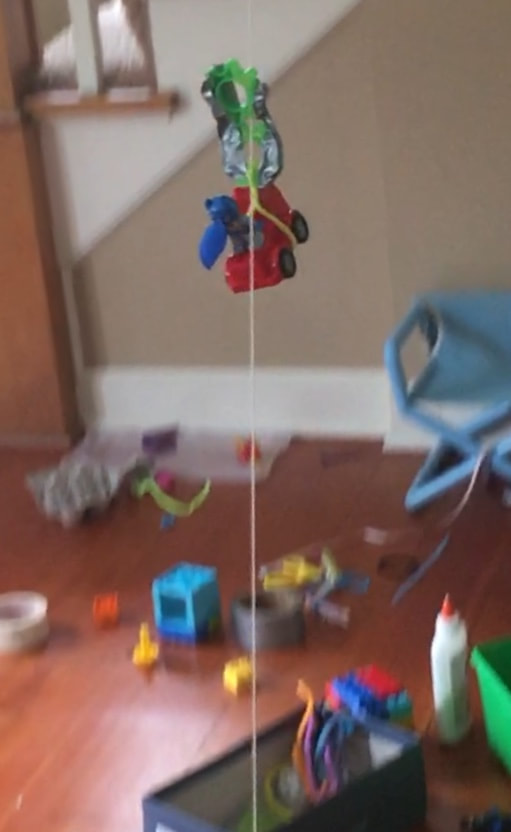
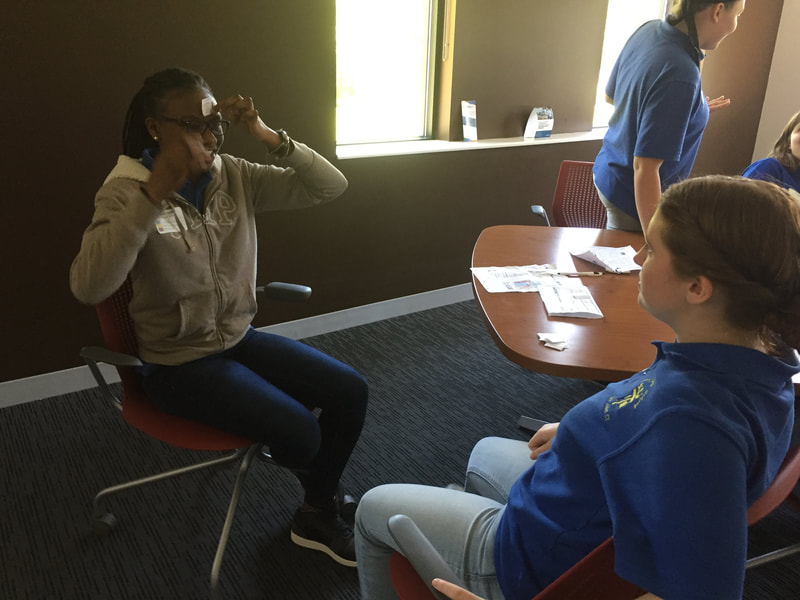

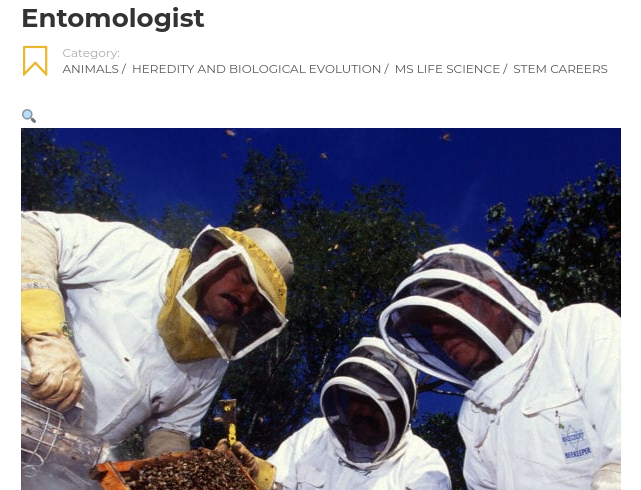
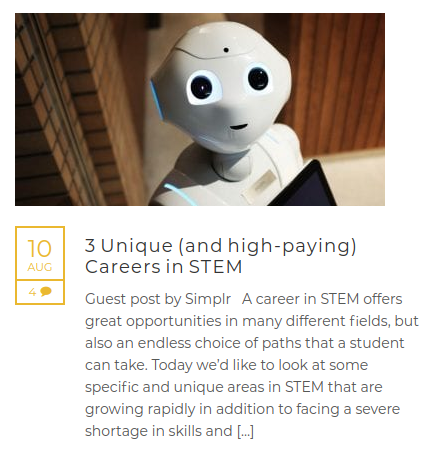
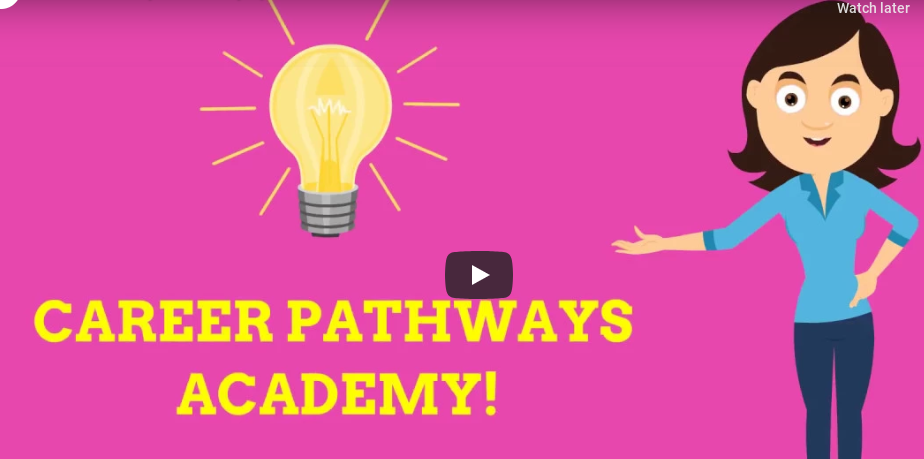


 RSS Feed
RSS Feed